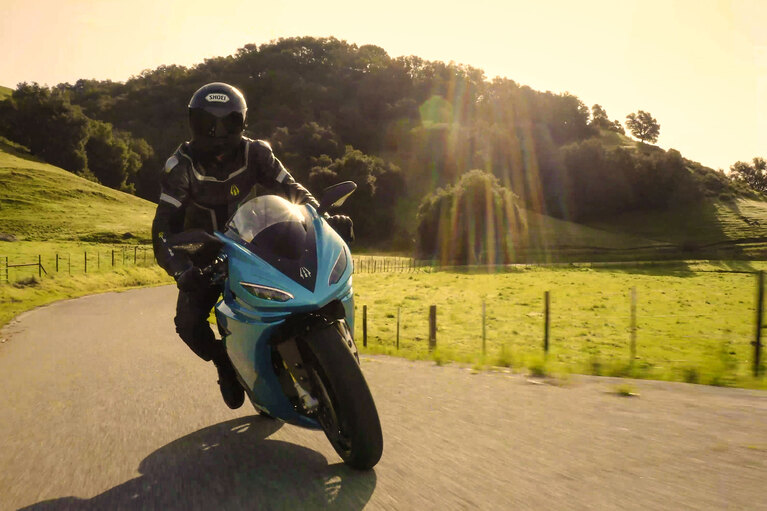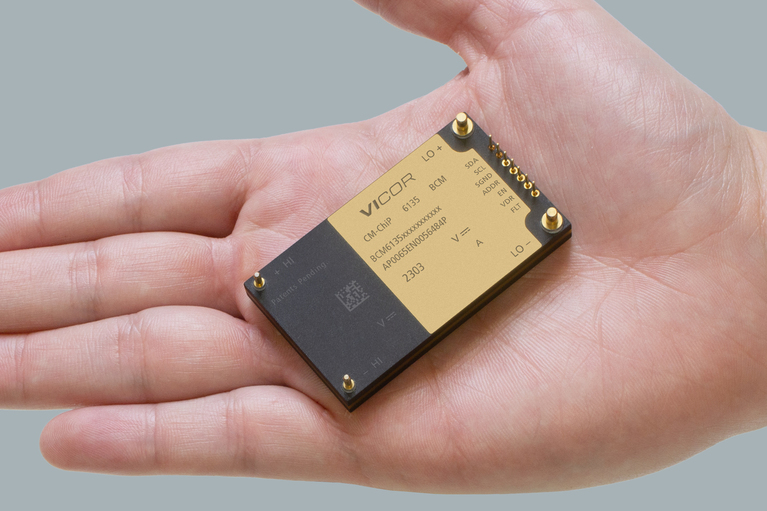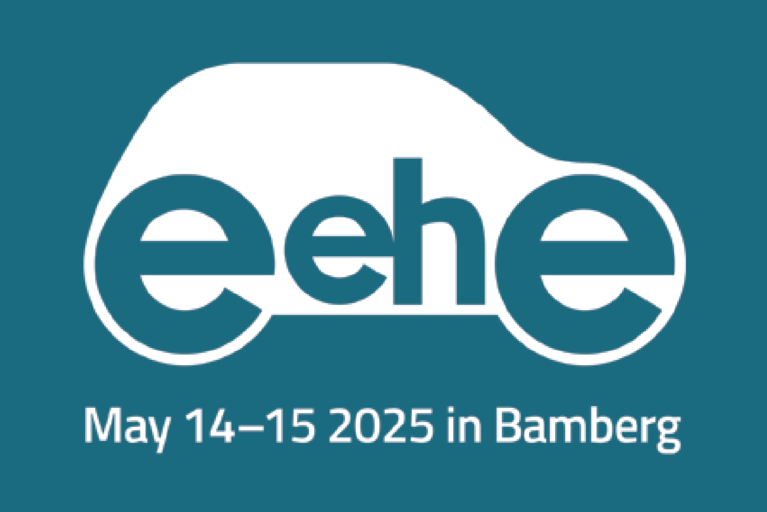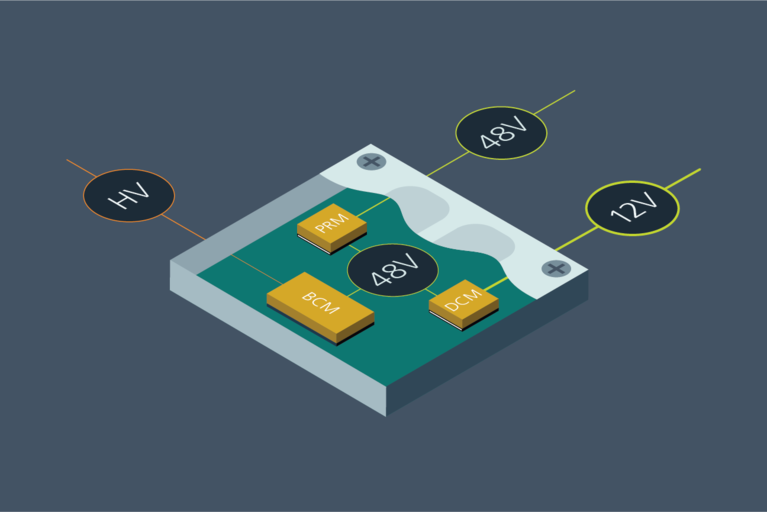Vicorソリューション
With their compact size, Vicor power modules can be easily packaged near the high voltage traction battery, making it feasible to implement active suspension by efficiently sending power to 48V actuators at all 4 wheels. The bidirectional power modules can provide the power necessary (4 to 6kW) to bring the shock down – and unlike discrete solutions – can respond instantly to provide the same amount of regenerative power back to the battery as the shock returns to its neutral position. Key benefits were:










